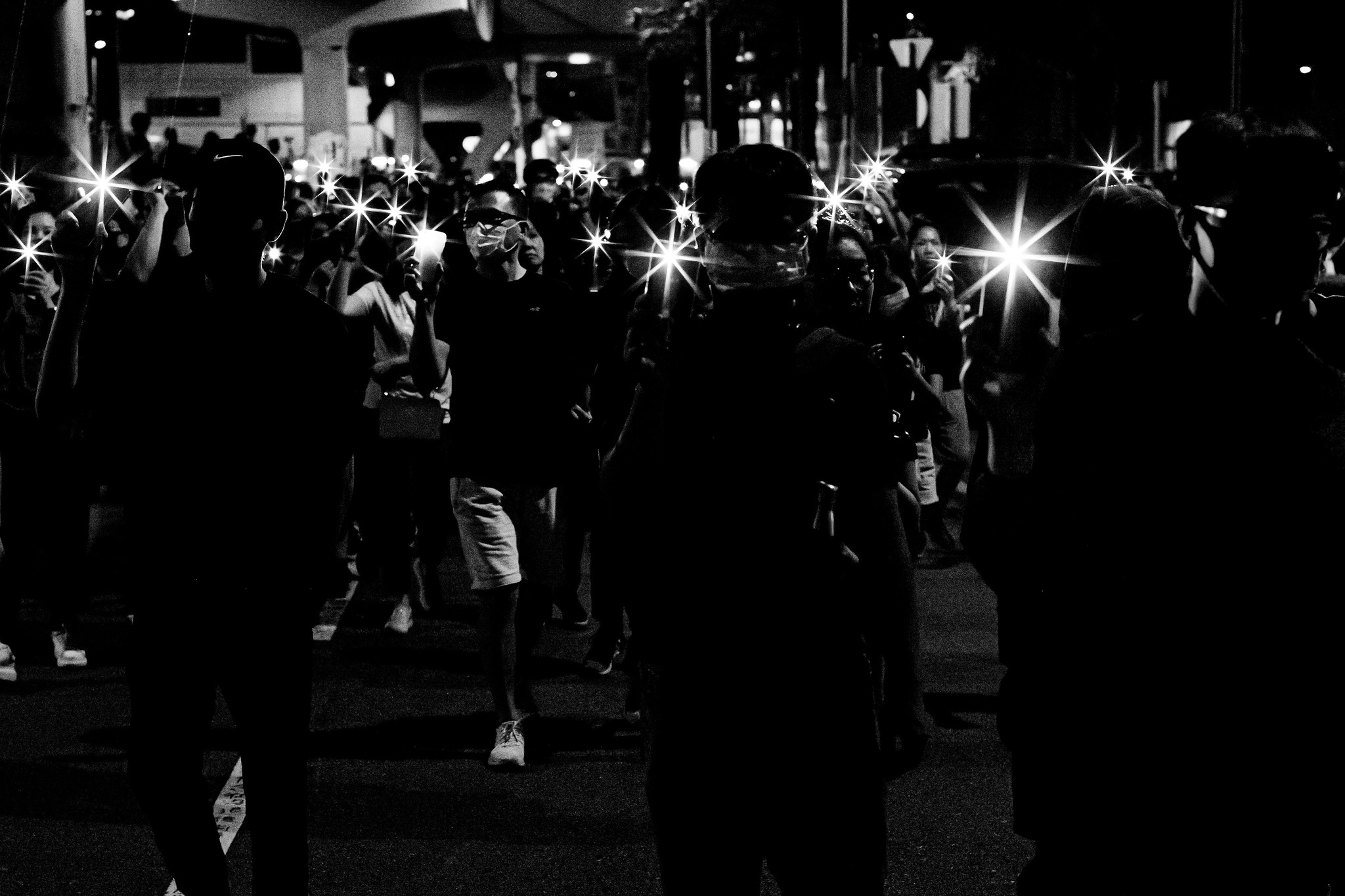One of the primary reasons why Islam was revealed was to guarantee and clarify the important basic rights of women, and particularly their rights with regards to marriage, divorce, alimony, custody and related issues. We should not allow horrors such as sex trafficking, prostitution, and other sexually exploitative unions to hide within the guise of Islamic marriages.
Sex trafficking and prostitution are not unique to Muslim people or to Muslim countries. They are, however, harder to identify when they take shelter within the confines of Islamic marriages. In religions that only recognize monogamous marriages, it is easier to take the first step of categorizing a relationship as deviating from a real marriage. In Islam, however, both monogamous and polygamous marriages are considered legitimate, and Muslims from different parts of the world and from varying schools of Islamic thought have created forms of purported marriages that, in some instances, seem difficult to distinguish from prostitution. Furthermore, because some Muslims find room for debate about the rules governing marriage, as well as divorce, alimony, custody, and child support issues, there is a potential for the creation of suspect relationships labeled as marriages.
Even a cursory survey of practices existing within the guise of Islamic marriages reveals that the boundaries of legitimate marital unions have been expanded to hide within their folds all manner of exploitative relationships. These include associations which are, in fact, sex trafficking and prostitution; one partner is either forcibly used for sex or is compensated through some monetary benefit.
These relationships range from those that are relatively easy to categorize as truly exploitative to those that appear to be legitimate polygamous unions, but do not conform to the Islamic requirements of a polygamous marriage. Though they exist on a wide spectrum, these relationships share commonalities. The most fundamental is that these unions deviate from the Qur’anic rules for both monogamous and polygamous marriages. They are also generally solemnized and consummated privately, their existence hidden from public view. The Prophet was known to have said, “What distinguishes the lawful from the unlawful was the drum and shouts of the nikah [marriage day].” Because these relationships are hidden from society, they also all involve situations where the Islamic rights of monetary support for spouses and children are denied.
The relationships easiest to recognize as pure sexual exploitation are those that involve sex trafficking, a form of sexual slavery. One famous instance was brought to light by Nicholas Kristoff of The New York Times, who in 2006 covered the story of Aisha Parveen, a 20 year old Pakistani woman who was kidnapped and forced into prostitution as a 14 year old. Mian Sher, the man who kidnapped her and acted as her pimp, kept her as his youngest wife. During her six years as his slave, he beat her daily and sexually tortured her. Parveen finally managed to escape with the help of a man who was in the house doing repairs, and the two fell in love and married after their escape. Mian Sher was enraged, and he brought a case against Parveen for adultery, based on the legal argument that Parveen was his wife and had unlawfully fled with a lover. His plan was to then bail her out and take her back to the brothel.
Nicholas Kristoff began covering Parveen’s story while she was waiting for a verdict from the court, and the Pakistani and international press picked up on Parveen’s story. The publicity led to the court dismissing the case, allowing Parveen to permanently escape from Mian Sher. The fact that Mian Sher felt emboldened enough to pursue legal avenues to recover his sexual slave, based on this fictionalized marriage, indicates the grievous state of the law with regards to women’s rights in Pakistan. It also indicates that corruption and relaxed standards allow men to practice putative polygamous marriages and engage in terrible crimes, such as trafficking, under their guise. When Kristoff asked renowned Pakistani human rights attorney Asma Jahangir about Parveen’s case, Jahangir explained that she was completely unsurprised about Parveen’s situation, because it happens all the time in Pakistan.
While this instance is clearly sex trafficking hiding within the pretext of a marriage, there are other relationships which are harder to qualify as such, but still appear closer to prostitution than legitimate marital unions. For instance, mut’aa marriages are temporary marriages which are practiced by Shia Muslims. In a mut’aa marriage, men (and sometimes women) agree to pay their partners a certain sum of money for a marriage lasting a set period of time. The putative husband can end the contract before the expiration of the agreed upon period, but a wife must compensate the husband if she wants to end the union more quickly. Though Shia law recognizes the children of such marriages as legitimate, in practical terms it is difficult for women to prove the paternity of these children, because there are no witnesses to the creation of a mut’a relationship and no registration requirements. It is entirely a private transaction.
Similar to mut’aa marriages are urfi marriages practiced primarily in Egypt. These are referred to as secret marriages, as they are not sanctioned by the bride’s family, but they are actually conducted by a Muslim cleric in the presence of two witnesses. However, they are not officially registered and are not binding on the man. These marriages exist outside of the formal marriage contracts required by the Quran, even though there is usually a document containing some basic terms which is signed by the couple and two witnesses. Furthermore, though they were officially recognized under Egyptian law in 2000, women involved in these marriages have no rights to alimony or child support.
While temporary and non-public marriages such as mut’aa and urfi deny the partners the rights given to full-fledged Islamic marriages, there are even “real” Islamic marriages that are used to hide sex trafficking and prostitution. There are prominent examples highlighting this problem. One is of men from Arabian countries in the Gulf states travelling to places like India and Indonesia and marrying young girls from poor families. The families are given gifts and money and led to believe that their daughters will return to the husbands’ home countries to lead stable and respectful lives. Instead, the husbands spend a few days or weeks with the wives in hotels and then divorce them and return to their own countries. The women return to their families humiliated, disgraced, and often pregnant, with little means of tracking down the husbands or seeking alimony or child support.
Another example of troubling “legal” marriages includes unions involving Muslims who marry for immigration benefits. The couple decides to enter into marriages with the express purpose of one spouse sponsoring the other for legal status, and the other typically agrees to provide sexual services in return. This phenomenon is on the rise in the United States, and, in fact, often involves individuals who entered the marriages with the belief that they were the real thing. Again, if the exchange for one of the parties is simply sex for a benefit like immigration status, which clearly is an economic benefit, the line between a marriage and prostitution is blurry. As with other marriages discussed here, these marriages are in many instances hidden from public view and carried out as private transactions.
Finally, at the very end of this spectrum, there are the polygamous marriages that men carry out as a cover for an affair. Both mut’aa and urfi marriages can be polygamous, but even so-called “traditional” polygamous marriages are sometimes officiated without the consent or knowledge of the first wife, or the knowledge of the community. These are particularly easy to spot as affairs in countries that do not recognize polygamous unions, and the second or third marriage is therefore only officiated by a cleric from the community.
There is clearly a need for dialogue within the global Muslim community about the purpose and rules of marriage, and a need to soundly reject many of the unions discussed here. One of the primary reasons why Islam was revealed was to guarantee and clarify the important basic rights of women, and particularly their rights with regards to marriage, divorce, alimony, custody and related issues. We should not allow horrors such as sex trafficking, prostitution, and other sexually exploitative unions to hide within the guise of Islamic marriages.
Uzma Mariam Ahmed is Contributing Writer to Altmuslimah















